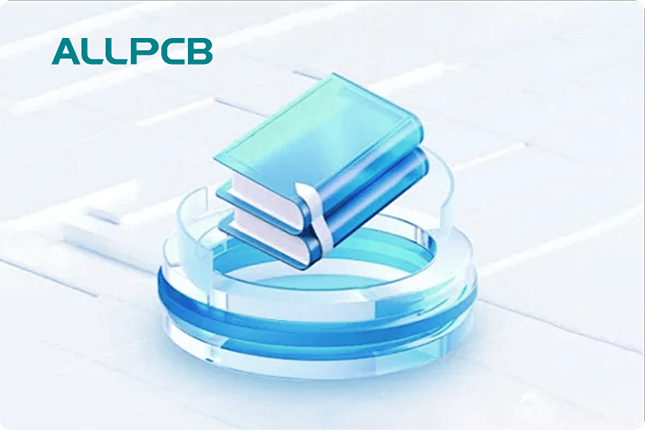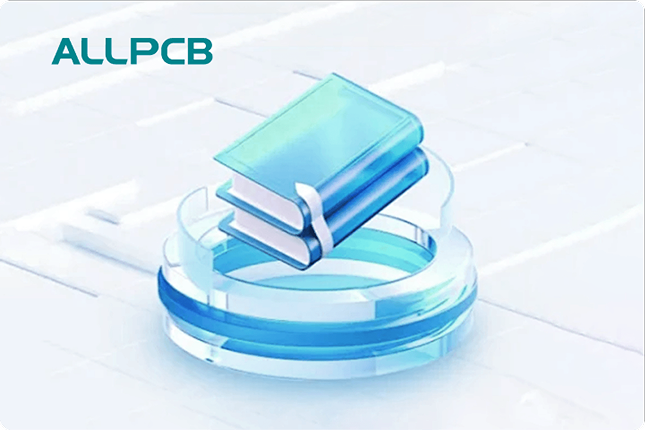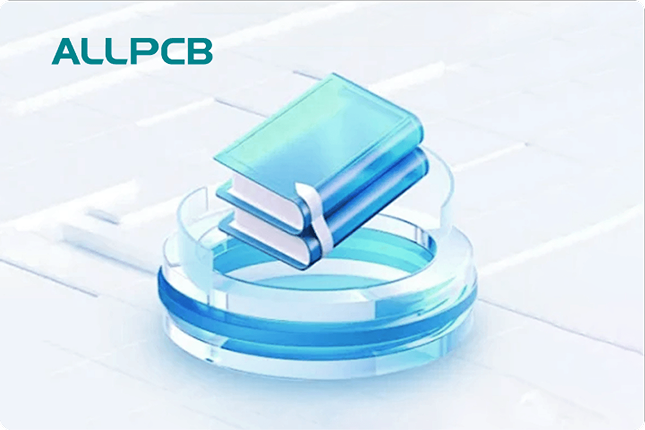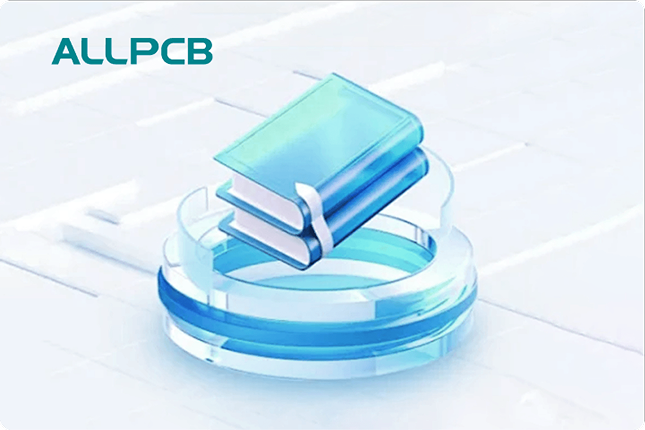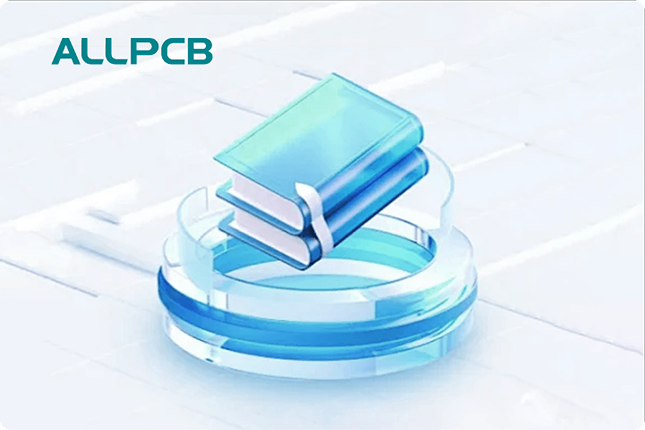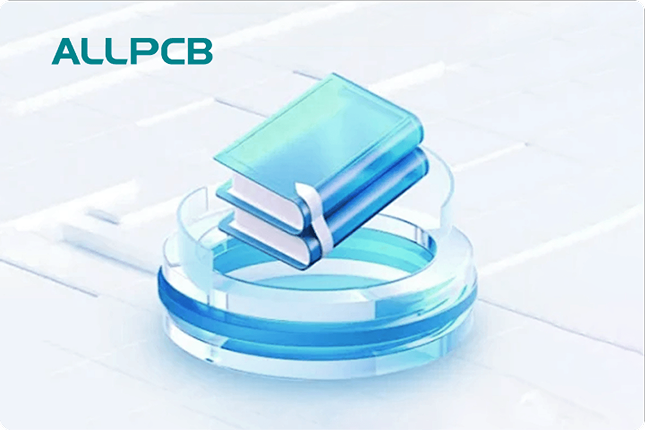Are you looking to create a DIY soil moisture sensor with a custom PCB for your agriculture or gardening projects? This guide will walk you through the entire process, from designing a custom PCB to integrating it with an Arduino for accurate soil moisture readings. Whether you're a hobbyist or a professional in electronics projects for agriculture, this step-by-step tutorial on building an Arduino soil sensor, PCB etching at home, and custom PCB design will help you achieve reliable results.
In this comprehensive blog, we'll cover everything you need to know to build a functional and cost-effective soil moisture sensor. Let’s dive into the details of this exciting electronics project for agriculture and explore how you can monitor soil conditions with precision using your own custom hardware.
Why Build a DIY Soil Moisture Sensor?
Soil moisture sensors are essential tools for farmers, gardeners, and anyone involved in agriculture. They help monitor the water content in the soil, ensuring plants receive the right amount of hydration. While commercial sensors are available, building a DIY soil moisture sensor offers several advantages:
- Cost-Effective: Creating your own sensor with a custom PCB can be much cheaper than buying pre-made devices.
- Customizable: You can tailor the design to fit specific needs, such as integrating it with an Arduino for automated irrigation systems.
- Learning Opportunity: This project provides hands-on experience with electronics, PCB etching at home, and programming.
With a focus on DIY soil moisture sensor projects and custom PCB design, this guide will empower you to take control of your agricultural monitoring systems.

What You’ll Need for This Electronics Project for Agriculture
Before starting, gather the necessary components and tools for building your Arduino soil sensor with a custom PCB. Here's a detailed list:
- Microcontroller: An Arduino board (like the Uno or Nano) to process sensor data.
- Capacitive or Resistive Sensor Components: For capacitive sensors, you'll need copper traces on the PCB. For resistive sensors, use stainless steel probes or graphite rods.
- PCB Materials: A blank copper-clad board, ferric chloride for etching, and a PCB design software for creating the layout.
- Resistors and Capacitors: Specific values depend on your circuit design, but typically include 10kΩ resistors for voltage dividers.
- Soldering Kit: Soldering iron, solder wire, and a multimeter for testing connections.
- Wires and Connectors: To link the PCB to the Arduino and sensor probes.
- Protective Coating: Waterproof sealant or epoxy to protect the PCB from moisture.
- Software: A free PCB design tool and the Arduino IDE for coding.
Having these components ready will streamline the process of building your DIY soil moisture sensor and ensure a smoother workflow during custom PCB design and PCB etching at home.
Understanding How Soil Moisture Sensors Work
Soil moisture sensors measure the water content in soil by detecting changes in electrical properties. There are two common types suitable for a DIY project:
- Resistive Sensors: These measure the resistance between two probes inserted into the soil. Wet soil conducts electricity better, resulting in lower resistance (typically in the range of 300-700 ohms), while dry soil shows higher resistance (above 1000 ohms).
- Capacitive Sensors: These use the soil as a dielectric medium between two conductive plates, measuring changes in capacitance. Wet soil increases capacitance (often in the range of 300-500 pF), while dry soil decreases it.
For this DIY soil moisture sensor project, we’ll focus on a capacitive design due to its durability and resistance to corrosion compared to resistive sensors. The sensor will connect to an Arduino to convert analog readings into meaningful data for monitoring.

Step 1: Designing Your Custom PCB for the Soil Moisture Sensor
The first step in building your Arduino soil sensor is creating a custom PCB design. This PCB will house the circuitry for the capacitive sensor and connect it to the Arduino. Follow these steps:
- Choose a PCB Design Software: Use a free tool to create your schematic. Draw a simple circuit with two copper traces acting as the capacitive plates, connected to an oscillator circuit or directly to the Arduino’s analog pins through a voltage divider.
- Create the Schematic: Design a layout with two parallel copper traces (about 2-3 mm apart) on one side of the board to act as the sensor plates. Ensure there’s space for soldering connections to the Arduino.
- Export the Design: Generate a printable layout for etching. The traces should be wide enough (at least 1 mm) to ensure durability.
Custom PCB design is a critical part of this electronics project for agriculture, as it determines the accuracy and longevity of your DIY soil moisture sensor.

Step 2: PCB Etching at Home
Once your design is ready, it’s time for PCB etching at home. This process transfers your design onto a copper-clad board by removing unwanted copper. Here’s how to do it safely:
- Print the Design: Use a laser printer to print your PCB layout on glossy paper or transparency film. Ensure the design is mirrored if required by your transfer method.
- Transfer the Design: Place the printed design on the copper-clad board and use a hot iron to transfer the toner onto the copper. Apply even pressure for about 5-10 minutes.
- Etch the Board: Submerge the board in a ferric chloride solution (follow safety instructions and wear protective gear). Agitate the solution for 10-20 minutes until the unprotected copper is removed, leaving only your traces.
- Clean and Drill: Remove the toner with acetone or rubbing alcohol, then drill holes for component mounting using a small drill bit (0.8-1 mm).
PCB etching at home can be a rewarding part of building your DIY soil moisture sensor, giving you full control over the hardware design. Always work in a well-ventilated area and dispose of chemicals responsibly.

Step 3: Assembling the Sensor Circuit on the PCB
With your custom PCB ready, it’s time to assemble the components. For a capacitive soil moisture sensor, the PCB itself acts as the sensing element with its copper traces. Follow these steps:
- Solder Connections: Attach wires to the copper traces on the PCB. These will connect to the Arduino’s analog input pins through a simple RC (resistor-capacitor) circuit to measure capacitance changes.
- Add Protective Coating: Apply a waterproof sealant or epoxy over the PCB, leaving the sensing traces exposed. This protects the board from moisture while allowing it to detect soil conditions.
- Test the Circuit: Use a multimeter to check for continuity and ensure there are no short circuits. Typical capacitance values for dry conditions might read around 100 pF, increasing to 400-500 pF in wet soil.
This assembly process ensures your custom PCB design functions as a reliable Arduino soil sensor for agricultural applications.
Step 4: Programming the Arduino for Soil Moisture Readings
Now that your hardware is ready, program the Arduino to read data from your DIY soil moisture sensor. Here’s a basic approach using a capacitive sensing method:
- Connect the Sensor: Wire the PCB traces to an analog pin (e.g., A0) on the Arduino through a resistor (e.g., 1 MΩ) to create a timing circuit.
- Write the Code: Use the Arduino IDE to write a sketch that measures the time it takes for the capacitor (soil between traces) to charge and discharge. Longer charge times indicate higher capacitance, meaning wetter soil.
- Calibrate the Sensor: Test the sensor in dry and wet soil to establish baseline values. For example, dry soil might give a reading of 100-200, while saturated soil could read 600-800 on the analog scale (0-1023).
Here’s a simplified code snippet to get you started:
const int sensorPin = A0; void setup() { Serial.begin(9600); } void loop() { int sensorValue = analogRead(sensorPin); Serial.print("Soil Moisture Reading: "); Serial.println(sensorValue); delay(1000); }
Adjust the code based on your calibration data to map readings to percentage moisture levels. This step integrates your custom PCB design with the Arduino soil sensor functionality.

Step 5: Testing and Deploying Your DIY Soil Moisture Sensor
Before using your sensor in a real agricultural setting, test it thoroughly:
- Initial Testing: Insert the sensor into different soil samples (dry, moist, and wet) and observe the readings on the Arduino Serial Monitor. Ensure the values change predictably with moisture levels.
- Long-Term Testing: Place the sensor outdoors in a garden or pot for a few days to check its durability and consistency. Protect the Arduino and connections from water using a weatherproof enclosure.
- Integration: Use the data to trigger actions like activating a water pump if soil moisture drops below a threshold (e.g., below 30% based on your calibration).
This electronics project for agriculture can be expanded by adding wireless capabilities or connecting multiple sensors for large-scale monitoring.
Tips for Improving Your DIY Soil Moisture Sensor
To enhance the performance and longevity of your Arduino soil sensor, consider these tips:
- Use High-Quality Materials: Opt for corrosion-resistant coatings and durable PCB materials to withstand harsh outdoor conditions.
- Regular Calibration: Recalibrate the sensor every few months as soil properties or sensor wear can affect readings.
- Minimize Interference: Keep the sensor away from metal objects or power lines that could interfere with capacitance measurements.
Implementing these improvements will ensure your DIY soil moisture sensor remains accurate and reliable for agricultural use.
Conclusion: Start Building Your Arduino Soil Sensor Today
Building a DIY soil moisture sensor with a custom PCB is a rewarding electronics project for agriculture that combines creativity with practicality. By following the steps outlined—designing a custom PCB, etching at home, assembling the circuit, programming an Arduino, and testing the sensor—you can create a powerful tool to monitor soil conditions effectively.
This project not only saves money but also provides valuable insights into custom PCB design and Arduino integration. Whether you’re a beginner or an experienced maker, the skills gained from PCB etching at home and building an Arduino soil sensor will open doors to more advanced projects.
Start your journey today with ALLPCB by exploring resources and tools for custom PCB design. With the right approach, your DIY soil moisture sensor will help optimize water usage and improve plant health in any agricultural setting.

 ALLPCB
ALLPCB


